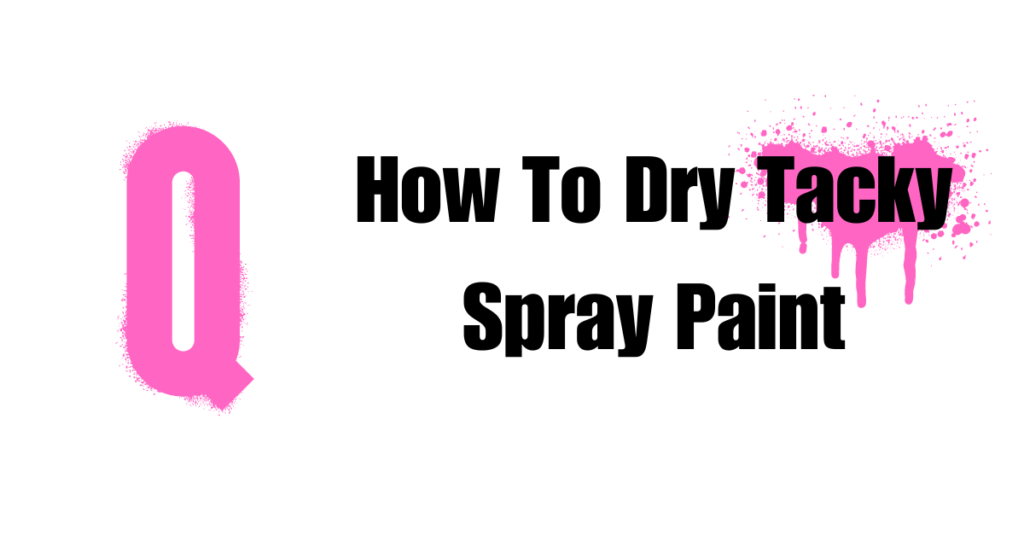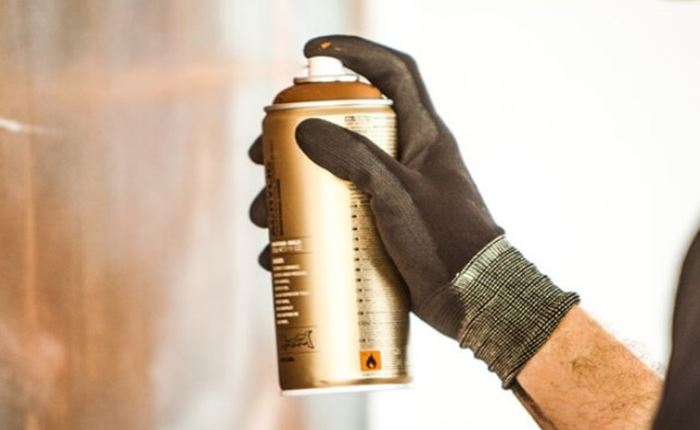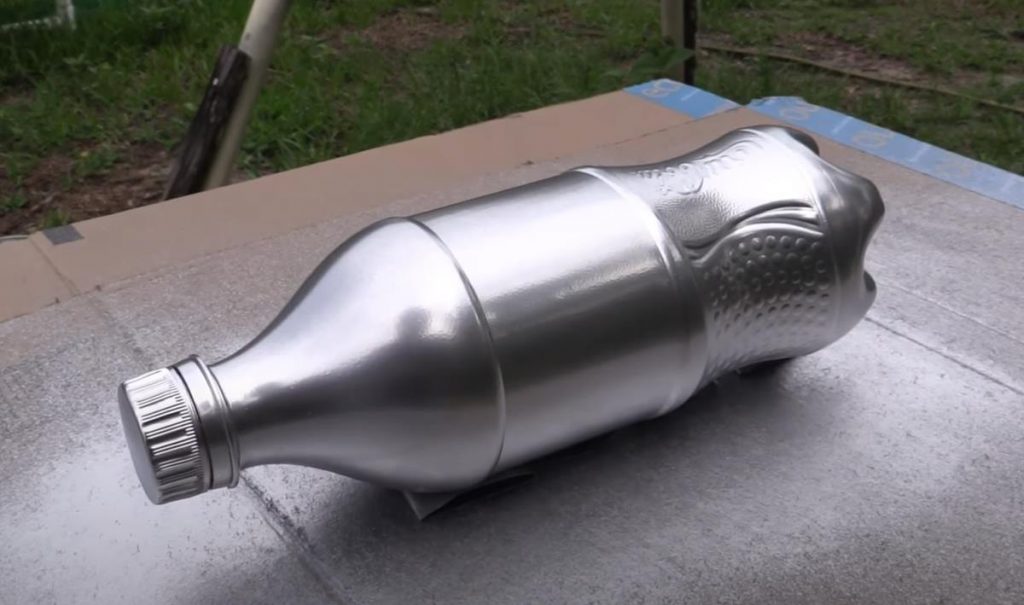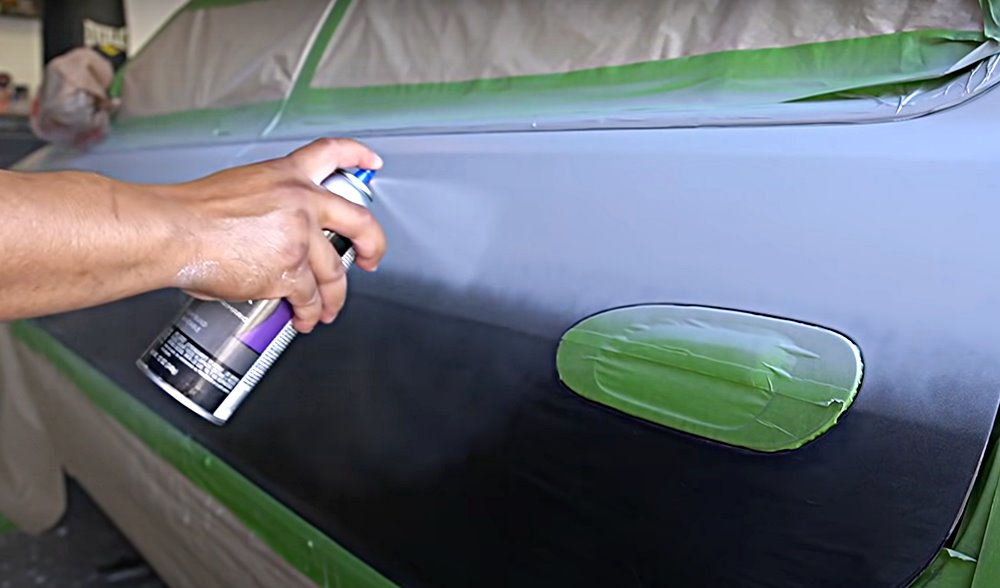If you’re seeking a solution to address the issue of sticky spray paint, a practical approach involves applying a layer of dusting powder over the affected area. Gently rubbing the powder using your hand will effectively alleviate the stickiness within a matter of minutes. Additionally, if you’re looking to expedite the drying process, reapplying the powder is a viable option.

Reasons for Tacky Spray Paint
Before we dive into the ways to dry tacky spray paint, let’s explore the reasons why it happens. Tacky spray paint can occur for several reasons, such as high humidity, low temperature, applying too thick of a layer, and incorrect drying time.
Humidity and temperature affect the drying process of spray paint. When the humidity level is high, the air is full of moisture, which can slow down the drying process. Similarly, when the temperature is low, the drying process slows down as well. Applying too thick of a layer can also cause the paint to dry slower and remain tacky. Additionally, if the paint is not given the proper drying time, it may dry unevenly or remain tacky.
How to Dry Tacky Spray Paint
Now that we know why spray paint can become tacky let’s explore ways to dry it out. There are a few different methods to dry tacky spray paint, including waiting it out, applying heat, and sanding the surface.
Waiting it out is a viable option if the humidity and temperature levels are not too high or low. Simply give the paint more time to dry, and it may eventually become less tacky. However, if waiting it out doesn’t work, try applying heat.
Applying heat is an effective way to dry tacky spray paint. You can use a hairdryer or a heat gun to blow hot air onto the surface. Keep the heat source about 6 inches away from the surface, and move it back and forth over the area until it’s dry to the touch. You can also use a lightbulb to dry the paint. Place a lamp close to the painted surface, and let the heat dry the paint.
If the above methods do not work, you may need to sand the surface. Sanding the surface can help remove the tackiness and allow the paint to dry. However, be careful not to sand too aggressively, as this can remove the paint altogether.
Preventing Tacky Spray Paint
Now that we’ve discussed how to dry tacky spray paint, let’s look at ways to prevent it from happening in the first place. To prevent tacky spray paint, make sure to read and follow the instructions on the paint can. Use proper techniques when applying the paint, such as holding the can at the proper distance and applying thin, even layers. Finally, ensure the surface is properly prepared before painting, such as cleaning and sanding the surface.
FAQs & answers for the above topic
Why does spray paint become tacky?
Spray paint can become tacky due to high humidity, low temperature, applying too thick of a layer, and incorrect drying time.
How long does it take for spray paint to dry?
The drying time for spray paint depends on the type of paint, the surface, and the weather conditions. Typically, it can take anywhere from a few hours to 24 hours to dry completely.
How can I dry tacky spray paint?
You can dry tacky spray paint by waiting it out, applying heat with a hair dryer or heat gun, or sanding the surface.
Can I apply a new coat of spray paint over tacky paint?
It’s not recommended to apply a new coat of spray paint over tacky paint as it can cause the paint to remain tacky or peel off. It’s best to wait until the paint is completely dry before applying a new coat.
How can I prevent tacky spray paint from happening in the first place?
To prevent tacky spray paint, read and follow the instructions on the paint can, use proper technique when applying the paint, and ensure the surface is properly prepared before painting. Additionally, avoid painting in high humidity or low-temperature conditions.
Conclusion
Tacky spray paint can be a frustrating experience, but with the right techniques and prevention methods, you can ensure that your projects look polished and professional. Remember to keep in mind the reasons for tacky spray paint and use the appropriate methods to dry the paint. Don’t forget to follow proper techniques and prepare the surface to prevent tacky spray paint from happening in the first place. With these tips and tricks, you’ll be able to create beautiful, tack-free spray paint projects in no time.


